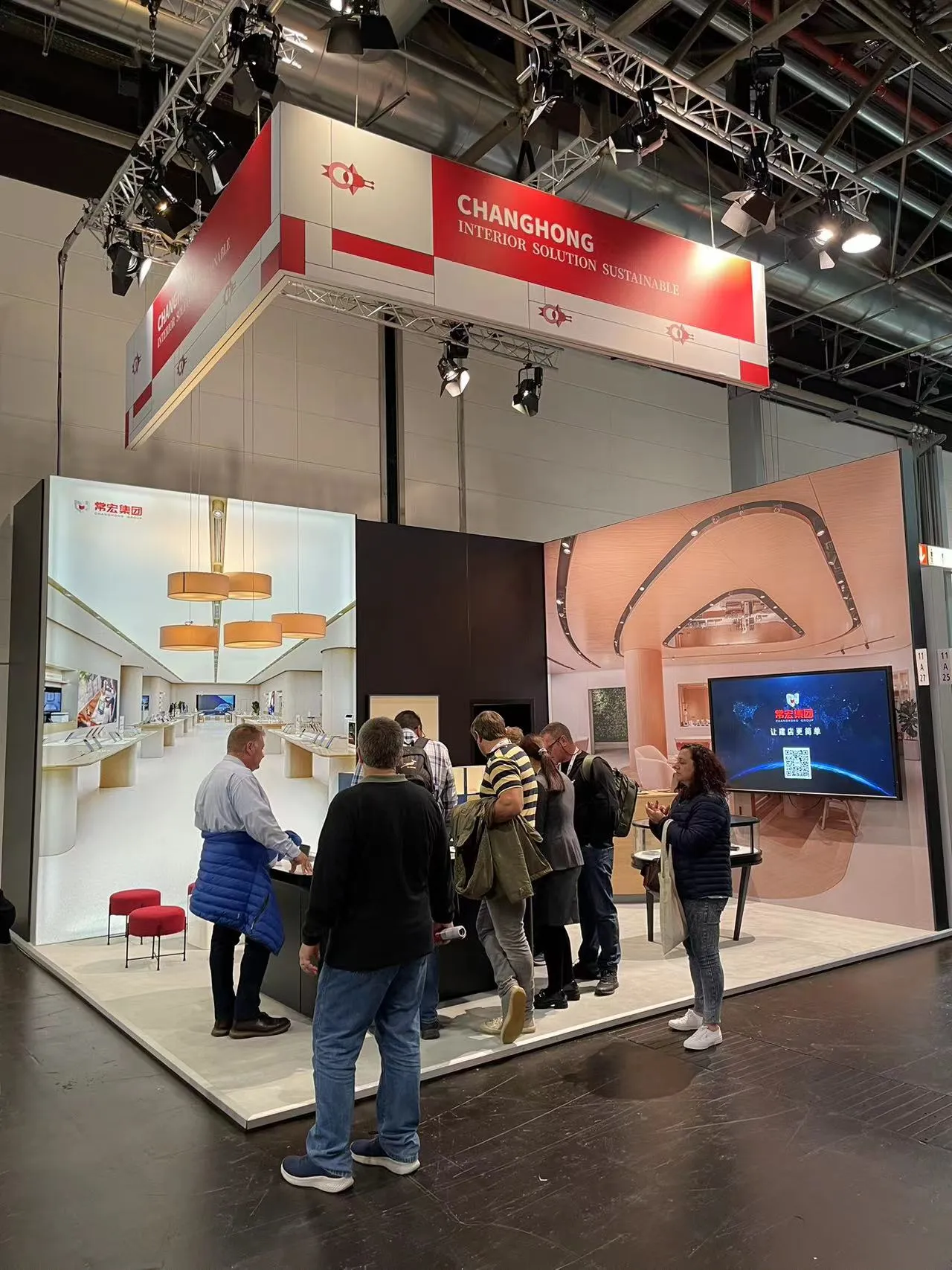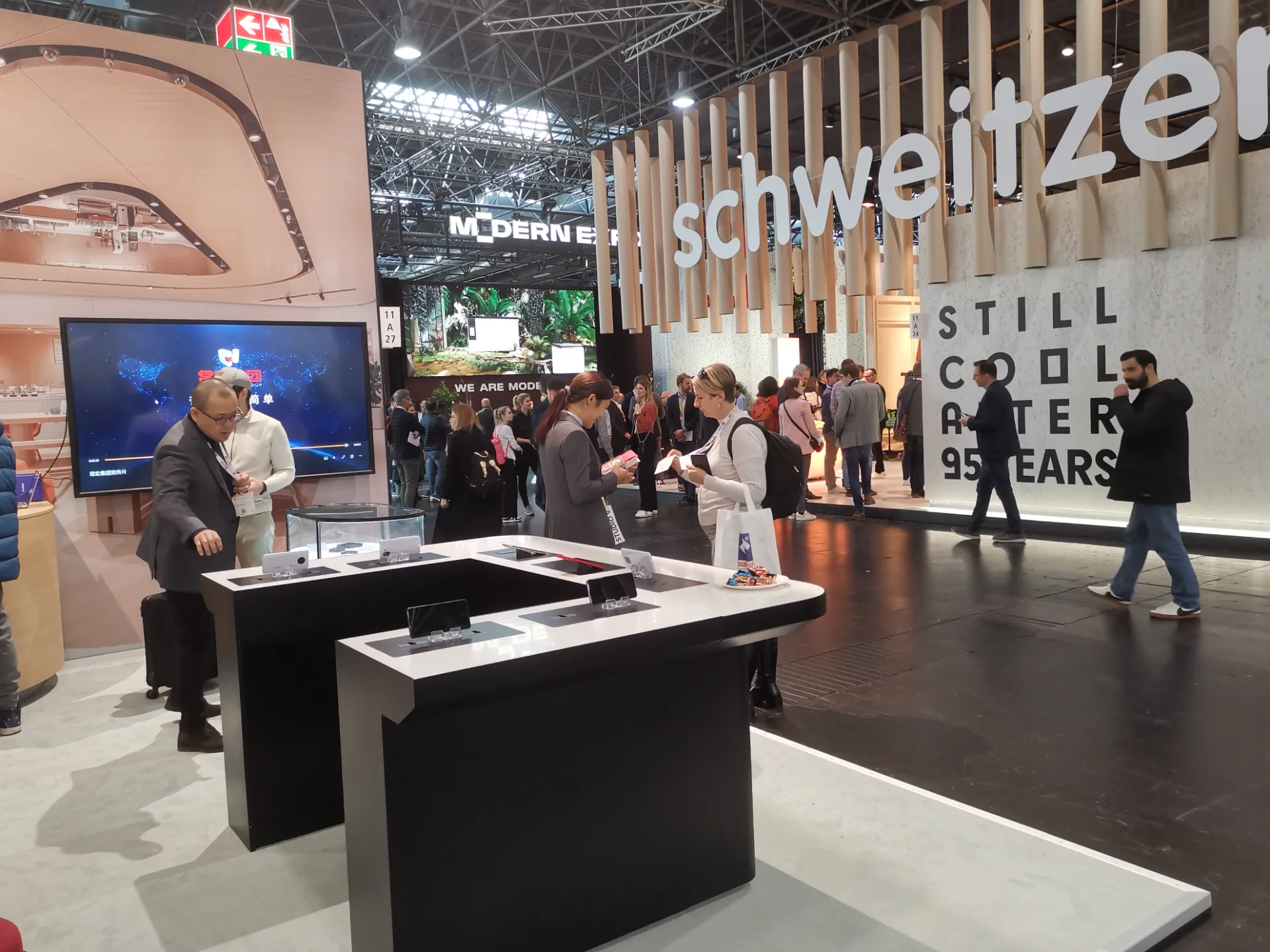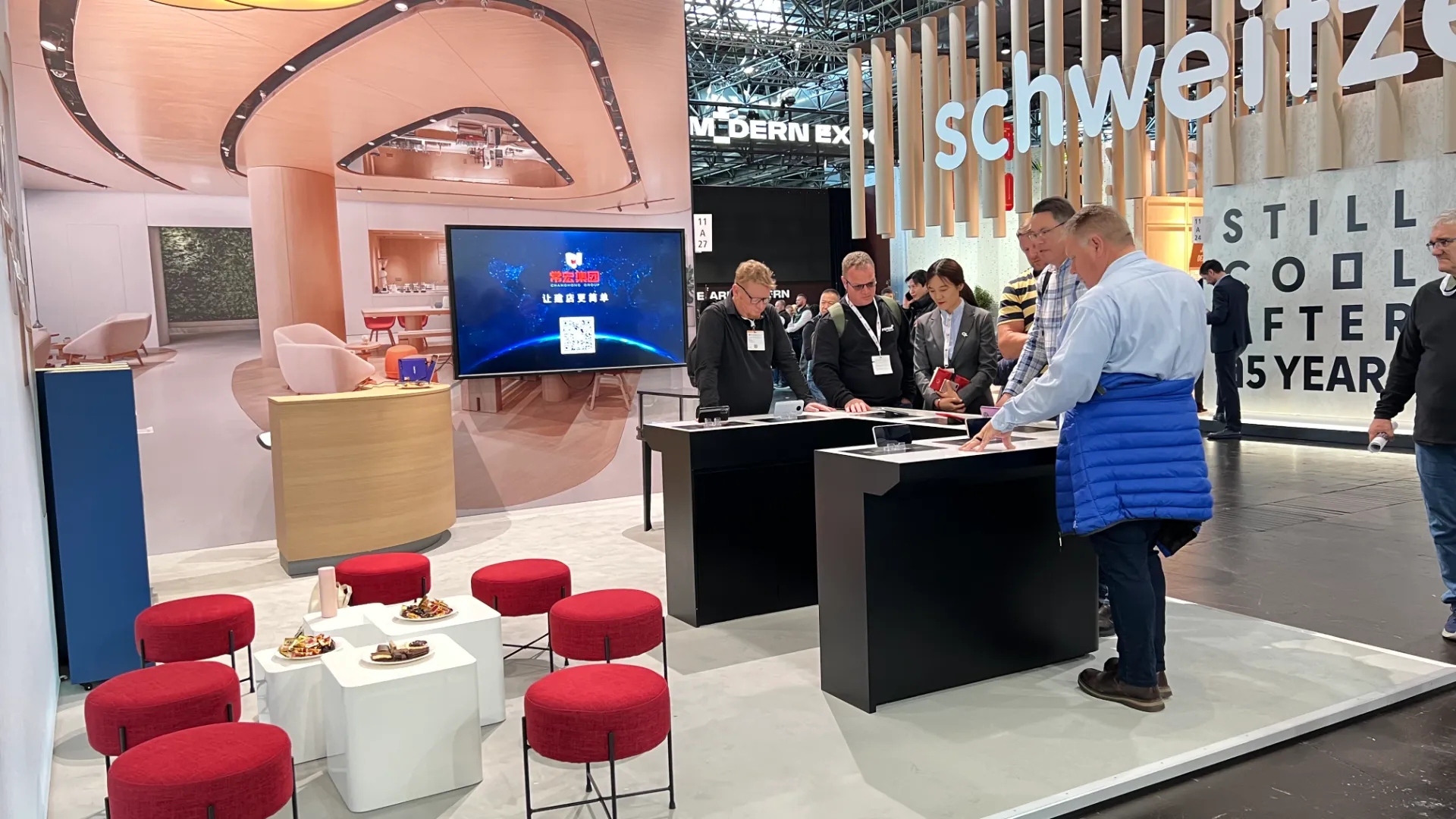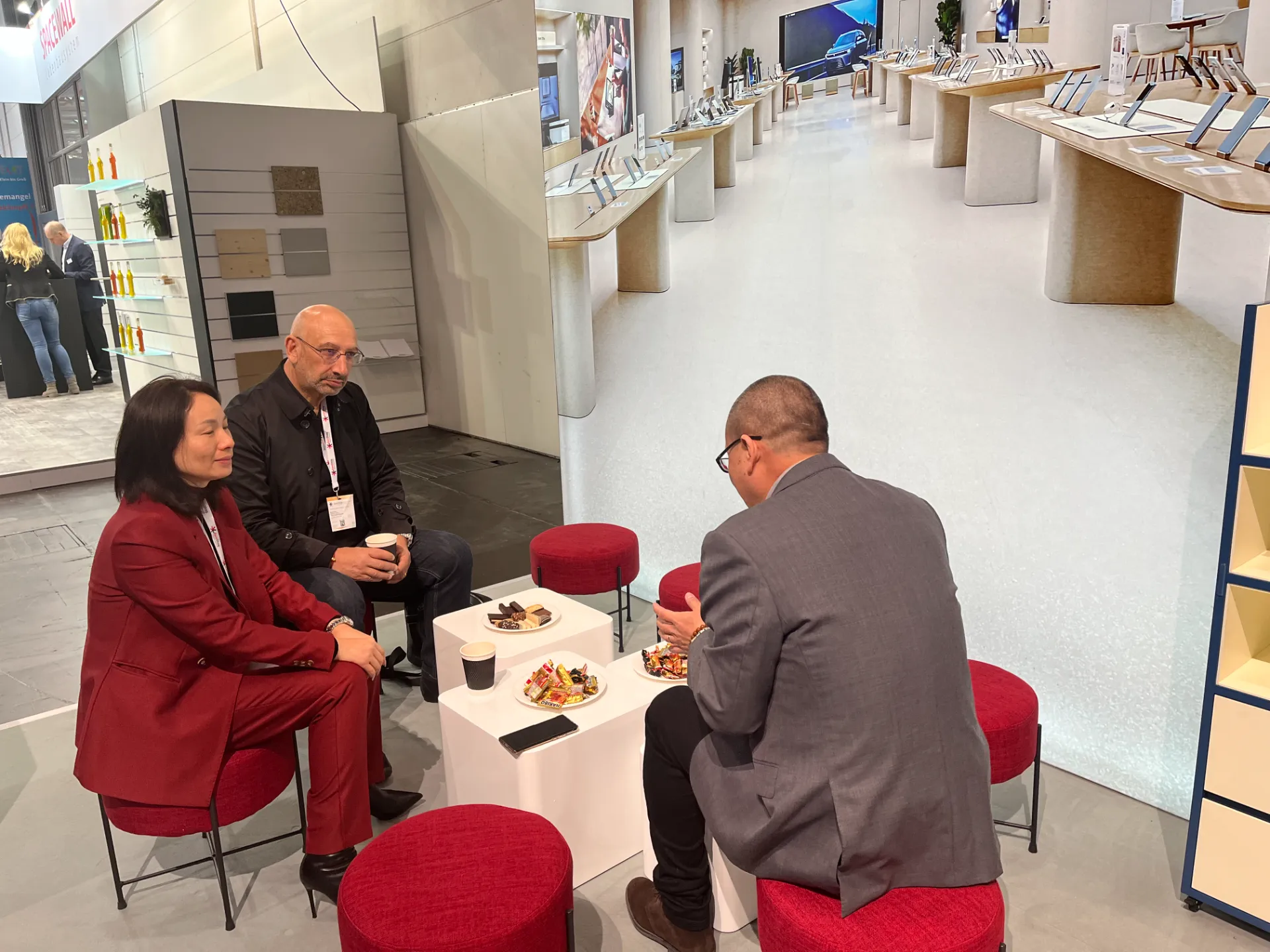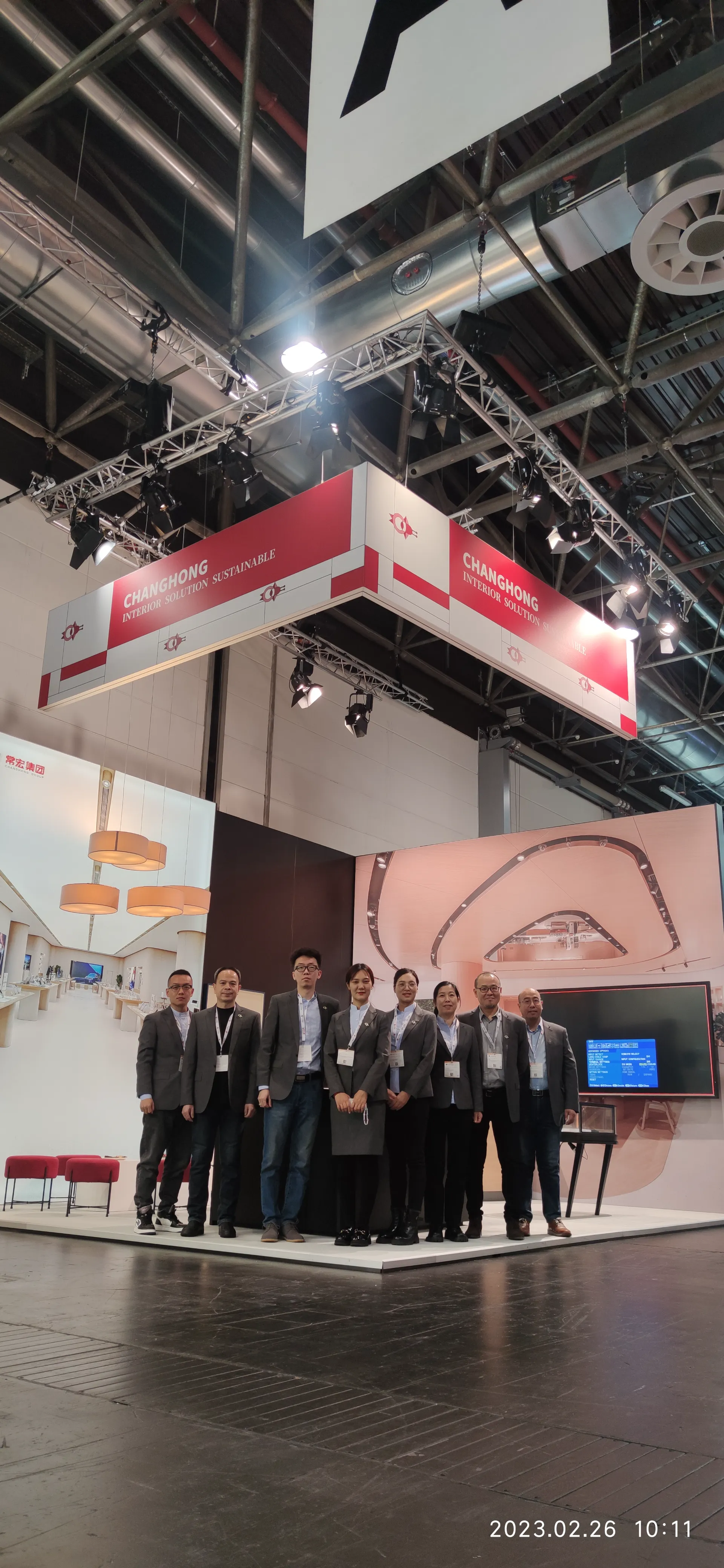Nov . 23, 2025 11:30 Back to list
Your Expert Guide to Store Fixture Shops – Design, Sustainability & Trends
Why a Store Fixture Shop Matters Globally
Let’s start with a quick snapshot: a store fixture shop isn’t just a place that makes shelves and racks. It’s basically the backbone of retail spaces worldwide — from bustling malls in New York to boutique stores in Tokyo. The arrangement of store fixtures can either make a shopper’s experience seamless or a frustrating maze. On a global scale, understanding how these shops operate is critical to urban economies, supply chain efficiency, and even sustainability efforts. Seriously, when you think about billions in retail sales depending on the way products are displayed, the stakes are higher than many realize.
The Bigger Picture: Store Fixture Shops in Today's Retail World
Retail is massive—according to the World Bank, global retail sales topped $25 trillion recently. Now imagine how many store fixtures are behind all those products: shelving, display cases, mannequins, you name it. Store fixture shops are evolving to meet new customer needs, urban space constraints, and sustainability targets. The problem? Most traditional fixtures are bulky, costly, and not very eco-friendly. This is where specialized fixture shops help transform retail environments while addressing these challenges.
Plus, today's consumers want fast, flexible, and attractive layouts that can change with trends. That puts pressure on fixture makers to innovate while keeping costs reasonable.
What Exactly Is a Store Fixture Shop?
At its core, a store fixture shop designs, fabricates, and sometimes even installs the physical elements you see in a store that hold and display products. From simple metal shelving to elaborate glass and wood showcases, these shops blend art and engineering. In modern industry, they bridge tradition with logistics demands, helping brands present products effectively — critical when consumer attention spans hover around eight seconds!
Aside from commercial uses, fixture shops increasingly contribute to humanitarian and emergency response contexts. Think of pop-up markets in post-disaster zones needing quick, sturdy displays. That’s a different role than just mall setups, but equally important.
Core Components of Store Fixture Shops
1. Durability: Built to Last (or Not)
Fixtures need to hold up under constant use — often in crowded environments. Metal and engineered wood are popular materials because they balance sturdiness with aesthetics. Durability also affects repair costs and sustainability, you know, the less you replace, the better for the planet.
2. Scalability and Customization
One size fits none, frankly. Good fixture shops offer modular designs that grow or shrink with a store’s needs. From small boutiques to giant supermarkets, adaptability is king.
3. Cost Efficiency
Factories who source locally and use bulk materials usually score better pricing — but with global shipping and tariffs, prices can still swing widely. This is why proximity and supply chain logistics matter.
4. Aesthetic Flexibility
Fixtures have to complement brand identities. Minimalist metal racks won’t work for every luxury brand, after all. Quick redesigns to keep up with marketing themes push fixture shops to innovate in finishes and materials.
5. Sustainability
Recycled materials and eco-friendly coatings are becoming the norm—not a gimmick. ISO 14001 certifications and adherence to international environmental standards are increasingly expected.
Real-World Uses for Store Fixtures
Store fixture shops support retail across practically every continent. In Europe, multi-brand stores rely on high-end customizable fixtures to create flagship experiences. Africa’s growing retail sector benefits from affordable, durable fixture solutions that endure tough climates. Nations focusing on circular economy principles now commission stores with fixtures designed for reuse and recycling.
Oddly enough, in remote industrial zones, fixed modular fixtures help organize worker essentials to reduce downtime. And in humanitarian aid, pop-up shops use quick-assembly fixtures to support displaced communities' access to goods.
A Quick Product Specification Snapshot
| Fixture Type | Material | Weight Capacity | Typical Use | Eco Features |
|---|---|---|---|---|
| Adjustable Metal Shelving | Powder-coated steel | 200 kg per shelf | Grocery, hardware stores | Recyclable material, powder coat |
| Glass Display Cabinet | Tempered glass & MDF | 50 kg | Electronics, luxury goods | Low VOC finishes |
| Modular Wood Racks | Sustainably sourced hardwood | 120 kg | Boutiques, apparel | FSC certified |
Mini takeaway: Understanding core fixture types and materials helps retailers pick the right solutions for their budgets and brand needs.
Comparing Leading Store Fixture Vendors
| Supplier | Specialty | Lead Time | Sustainability | Price Range |
|---|---|---|---|---|
| GlobalFixtures Inc. | Custom high-end displays | 6–8 weeks | ISO 14001 certified | $$$ |
| QuickFit Shelving | Budget modular racks | 2–3 weeks | Partial recycled steel use | $ |
| EcoDisplay Solutions | Sustainable materials | 4–6 weeks | Fully green supply chain | $$ |
Mini takeaway: When sourcing fixtures, balance speed, price, and sustainability according to your store’s priorities.
Why Choose a Specialized Store Fixture Shop?
- Cost savings: Durable, well-designed fixtures reduce replacement and maintenance costs over time.
- Customer experience: Thoughtful product displays encourage browsing and boost sales.
- Brand identity: Customized fixtures reinforce your unique store vibe.
- Environmental impact: Eco-friendly materials and design reduce your store’s carbon footprint.
Combine these benefits, and it’s clear: investing in quality fixture shops isn’t just about shelves but about shaping brand trust and retail success.
What’s Next? Innovations Shaping Store Fixtures
One interesting trend is integration with digital tech — like shelves with embedded sensors that track inventory in real-time or LED displays that change messaging on the fly. Sustainability is pushing designers toward biodegradable composites and zero-waste production models. Automation in assembly lines means fixtures can be made faster with less human error. Frankly, the future feels like sci-fi retail environments — but quietly, starting now.
Common Challenges and How to Overcome Them
Fixture shops wrestle with supply chain disruptions, material costs, and the balancing act between customization and mass production. The best vendors have started embracing local materials or modular designs to ease logistics and cut waste. Plus, close collaboration with clients during planning stages prevents costly mid-project changes.
FAQ: The Most Common Questions about Store Fixture Shops
Q: How long do typical retail fixtures last?
A: Depending on material and usage, most fixtures last 5–10 years. Metal shelves tend to last longer, while wood fixtures may need more upkeep. The key is proper maintenance and choosing materials that suit the store’s foot traffic and climate.
Q: Can store fixtures be customized for small businesses?
A: Absolutely. Many store fixture shops offer modular and affordable options tailored to small retailers, combining style and functionality without huge investments.
Q: Are eco-friendly fixtures more expensive?
A: Initially, yes, sustainable materials may cost more. However, they often save money in the long run via durability and reduced environmental compliance fees. Some stores also benefit from green branding advantages.
Q: How quickly can fixtures be delivered?
A: Lead times vary widely: budget modular designs can arrive in 2–3 weeks, while custom high-end fixtures may take 6–8 weeks or more.
Wrapping Up: Store Fixture Shops Are More Than Just Furniture
In real terms, a store fixture shop shapes how we interact with products daily. It influences retail success, sustainability goals, and even cultural vibe. If you’re thinking about revamping your retail space, diving into fixture options early can save headaches and money. Curious to explore what fits your brand? Visit our website at https://www.chshopdisplay.com and discover how the right fixtures can elevate your store from just a place to shop into a destination.
References:
-
Comprehensive Guide to Retail Store Fixtures – Trends, Benefits & Innovations
NewsNov.24,2025
-
Premium Store Display Fixtures - Durable & Sustainable Retail Solutions
NewsNov.23,2025
-
Your Expert Guide to Store Fixture Shops – Design, Sustainability & Trends
NewsNov.23,2025
-
Discover the Flexibility of Pop Up Shop Fixtures – Modular Display Solutions for Every Need
NewsNov.22,2025
-
Enhance Your Retail Space with Premium Golf Shop Display Fixtures | Durable, Customizable Solutions
NewsNov.22,2025
-
Premium Golf Shop Fixtures for Modern Retail | Durable & Customizable Displays
NewsNov.21,2025




